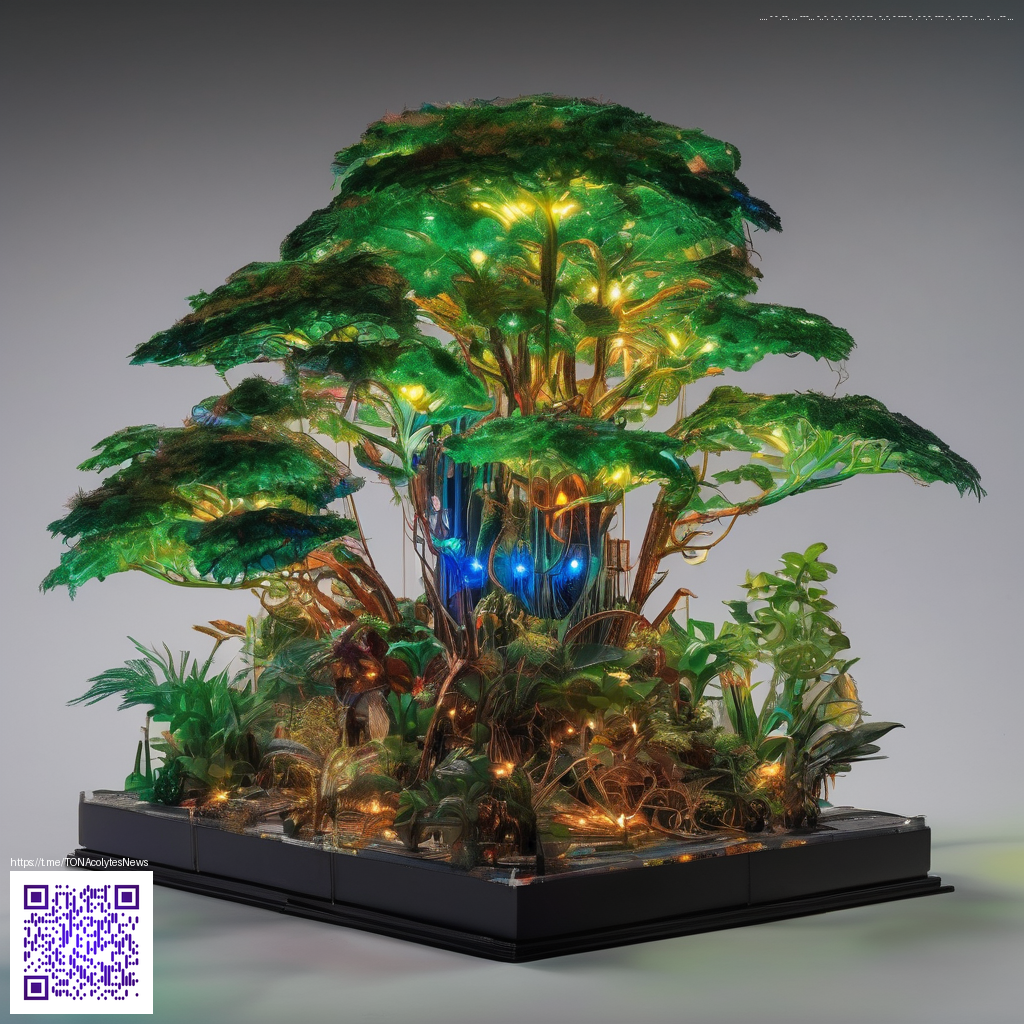
Transforming Classrooms with Virtual Reality: A Learning Revolution
Imagine stepping into a chemistry lab where molecules burst into three-dimensional forms before your eyes, or walking through ancient cities as if you’d time-traveled there yesterday. That’s the promise of virtual reality (VR) in education: immersive experiences that turn abstract concepts into tangible, memorable learning moments. As technology becomes more accessible, classrooms are increasingly embracing VR not as a gimmick but as a powerful pedagogical tool that reshapes how students explore, experiment, and reason.
Why virtual reality matters in education
VR is more than a flashy gadget; it is an engine for experiential learning. When students can manipulate a concept, test hypotheses in a safe simulated environment, and observe outcomes from multiple angles, they develop deeper understanding and lasting curiosity. The immersive nature of VR also helps bridge gaps in background knowledge, enabling learners to access complex topics—like cellular biology or planetary geology—as concrete, interactive experiences rather than abstract text and diagrams.
How VR reshapes pedagogy
Classroom instruction benefits from VR in several enduring ways:
- Active learning: Students guide their own exploration, making decisions and witnessing consequences in real time.
- Spatial reasoning: Three-dimensional environments support mental models that are hard to grasp through 2D diagrams alone.
- Contextualized understanding: Historically or scientifically accurate simulations place knowledge in a meaningful frame.
- Inclusive access: VR can provide scalable, multimodal representations that support diverse learning styles and needs when paired with thoughtful design.
To maximize impact, VR should be integrated with clear learning objectives, structured debriefs, and opportunities for students to connect virtual experiences with real-world tasks.
Practical steps to bring VR into your classroom
Transitioning to VR doesn’t require a full-scale lab overhaul. Start with a pragmatic, student-centered plan:
- Define goals: Choose 2–3 learning outcomes where VR could add unique value—such as exploring microstructures in biology or simulating historical events in social studies.
- Choose the right hardware: A modest setup can include affordable VR headsets paired with school-owned tablets or laptops. Prioritize comfort, ease of setup, and classroom management features.
- Curate high-quality content: Select or design VR experiences that align with standards, include guided prompts, and offer built-in checklists for students to complete during the activity.
- Plan for accessibility: Ensure options for students with motion sensitivity, varying mobility, or sensory differences. Provide alternatives to fully immersive experiences when needed.
- Structure the workflow: Build pre-briefs, in-depth exploration time, and post-activity reflections to anchor the experience to learning goals.
- Assess learning outcomes: Use rubrics that evaluate observation, application, and communication rather than just technical proficiency with the device.
Subject-specific opportunities
VR shines across disciplines by offering experiences that are difficult to replicate in a traditional classroom:
- Science: Explore the human bloodstream, dissect virtual specimens, or simulate climate models to understand ecosystems.
- History and social studies: Walk ancient ruins, reenact pivotal moments, and visualize long-term sociopolitical dynamics.
- Mathematics and engineering: Manipulate geometric shapes in 3D space, simulate physics experiments, or prototype designs in a risk-free environment.
- Language learning: Navigate real-world scenarios—markets, classrooms, or interviews—providing authentic language practice in context.
Assessing learning in VR environments
Traditional tests don’t always capture the depth of understanding developed through immersive experiences. Consider a blended assessment approach that combines in-VR tasks with reflective activities:
- Performance tasks: Students demonstrate procedural knowledge by completing a VR-driven project or experiment.
- Analytic prompts: After a VR session, learners explain their reasoning, decisions, and observed outcomes in a written or oral format.
- Learning analytics: Track engagement, time on task, and decision paths to identify misconceptions and tailor subsequent instruction.
“VR turns theory into practice in minutes, not weeks, and that bridge accelerates mastery.”
Challenges and equitable access
Despite its promise, VR comes with challenges. Costs, maintenance, and content curation require thoughtful planning. Motion sickness, fatigue, and accessibility concerns demand inclusive design and optional alternatives. Equity is essential: schools must ensure that every student has a fair opportunity to participate, not just those in well-funded programs. Creative scheduling, community partnerships, and teacher autonomy in choosing suitable experiences can help mitigate disparities.
Getting started: a practical blueprint
For schools ready to embark on a VR-enabled path, here’s a straightforward blueprint:
- Identify 1–2 pilot classes and a single, alignment-focused learning unit.
- Allocate a modest budget for hardware, licenses, and professional development.
- Provide targeted teacher training on both technical use and pedagogy—emphasizing facilitation, not just device operation.
- Develop a scaffolding plan that links VR experiences to concrete outcomes, assessments, and real-world applications.
- Review, iterate, and scale: gather student feedback, measure impact, and progressively expand to additional subjects.
VR in education is not about replacing traditional teaching but about amplifying it—giving students the tools to explore boldly, reason deeply, and collaborate more effectively. When thoughtfully integrated, virtual reality can transform classrooms into portals of possibility where curiosity leads to confident learning and enduring discovery.